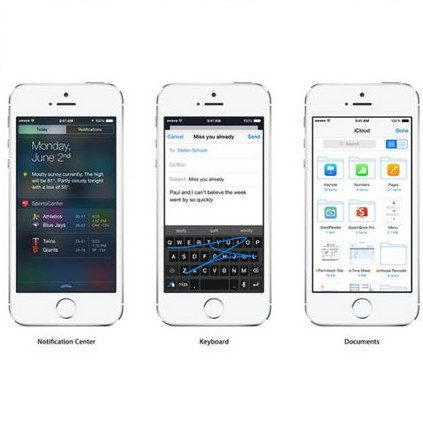Multiple penalized least squares (MPLS) models are a flexible approach to find adaptive least squares solutions required to be simultaneously sparse and smooth. This is particularly important when addressing real-life inverse problems where there is no ground truth available, such as electrophysiological source imaging. In this work we formalize a modified Newton-Raphson (MNR) algorithm to estimate general MPLS models and propose its extension to perform efficient optimization over the active set of selected features (AMNR). This algorithm can be used to minimize continuously differentiable objective functions with multiple restrictions, including sign constraints. We show that these algorithms provide solutions with acceptable reconstruction in simulated scenarios that do not cope with model assumptions, and for low n/p ratios. We then use both algorithms for estimating different electroencephalography (EEG) inverse models with multiple penalties. We also show how the AMNR allows us to estimate new models in the EEG inverse problem context, such as nonnegative versions of Smooth Garrote and Smooth LASSO. Synthetic data were used for a comparison between solutions obtained using the two algorithms proposed here and the least angle regression (LARS) algorithm, according to well-known quality measures. A visual event-related EEG from healthy young subjects and a resting-state EEG study on the relationship between cognitive ageing and walking speed decline in active elders, were used to illustrate the usefulness of the proposed methods in the analysis of real experimental data.
翻译:多元且受处罚的最低方(MPLS)模型是一种灵活的方法,旨在找到适应性最低方(最差方)的解决方案,这些解决方案必须同时分散和平稳。这对于解决现实生活中没有地面真实性的问题特别重要,比如电生理源成像。在这项工作中,我们正式确定一个修改后的牛顿-拉方松(MNR)算法,以估计一般的MPLS模型,并建议扩展该算法,以对活跃的一组选定特征(AMNR)进行高效优化。这一算法可以用来最大限度地减少持续差异的、有多种限制(包括标志限制)的最小方函数。我们表明,这些算法提供了在模拟假设和低n/p比率情况下可接受的可接受的重建解决方案。我们随后使用两种算法来估算不同的电脑物理学(EEEEG)反向模型。我们还展示了该算法如何让我们对 EEG反问题背景下的新模型进行估算,如平滑加罗特和平滑的LASSO。我们使用了合成数据,用于比较使用两种模拟算法获得的解决方案,而这些算法与模型与模型不适应模型的模型假设假设假设假设假设假设假设假设,以及低角度的EGEGA-EG在视觉质量分析中使用的慢态分析中采用的方法。




